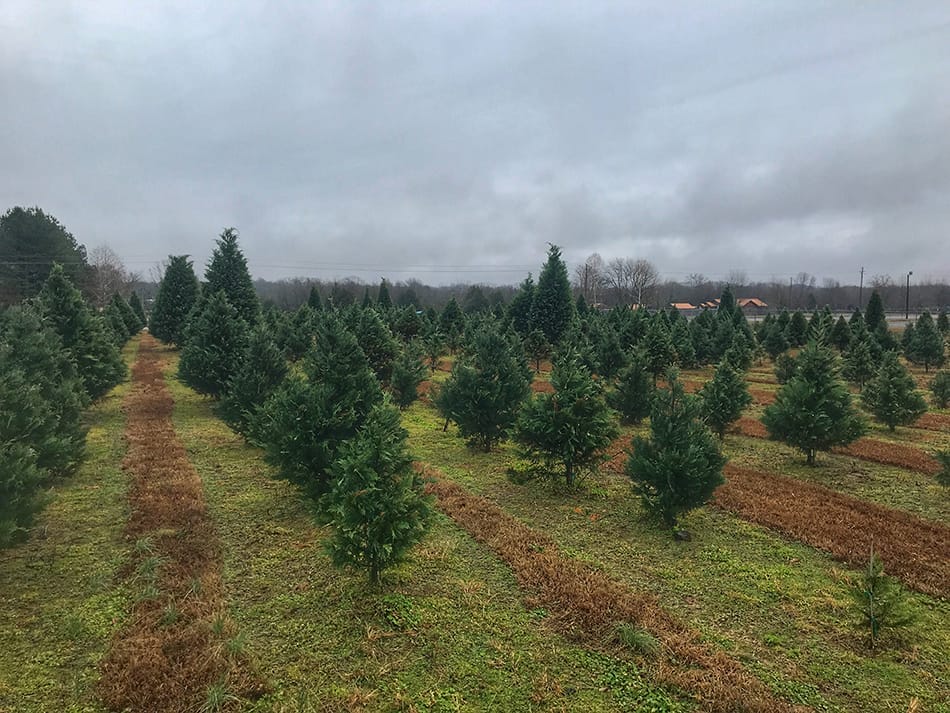

Uh oh...
It appears that you're using a severely outdated version of Safari on Windows. Many features won't work correctly, and functionality can't be guaranteed. Please try viewing this website in Edge, Mozilla, Chrome, or another modern browser. Sorry for any inconvenience this may have caused!
Read More about this safari issue.

Arkansas is home to four different species of gar. Yet when discussing this family of fish, most people automatically think of the alligator gar. Alligator gar are the largest of the gar and are found in Arkansas and several other southern states. The species is currently on the list of species of greatest conservation need, and biologists with Arkansas Game and Fish Commission (AGFC) are working to make sure this species doesn’t become severely threatened or endangered.

Alligator gar have an appearance similar to that of an alligator. Their broad nose is unmistakable, and they can grow very large – more than 9 feet long and regularly weigh well over 100 pounds. In 2011, a 327-pound alligator gar was pulled from a Mississippi lake and is believed to be the largest on record. Their flesh is edible but their eggs are poisonous, and their skin and scales are tough and have a history of being used in armor and weaponry.
In the 1940s and 50s Arkansas was a hot spot for alligator gar sport fishing. Anglers would often catch the fish, take their pictures and then leave them to die. For many years, gar were considered a “trash fish,” and overhunting was encouraged to protect other more popular sport fish species. Over time, these actions threatened the populations of the fish. Some populations, like the ones on the Black and St. Francis rivers, are missing almost entirely. Populations along the White, Little Red and Mississippi Rivers are still viable, but researchers have noticed a significant decline in the last 30 years.

Alligator Gar Maturity and Breeding
Alligator gar are more like humans and less like most fish when it comes to physical and sexual maturity. They continue to grow over many years and can live 90 or more years. While most fish will begin spawning at two to three years, alligator gar will not start until much later. Males typically reach reproductive maturity around age ten while females are a little later at age fifteen.
Additionally, they prefer to spawn in flooded backwater areas in the early spring. With more being done to control and prevent flooding, the fish are losing access to their breeding grounds. These factors have led to a significant decline in the species and the need for intervention to prevent further decline.

Species Management
The U.S. Fish & Wildlife Service, in cooperation with the University of Central Arkansas, the Arkansas Game & Fish Commission, and local fishers, is currently conducting annual monitoring and status assessment surveys across Arkansas. I recently spoke with Eric Brinkman, the district seven fisheries supervisor with the AGFC.
“Right now we are in the early stages of species management. We are trying to identify populations, habitats and spawning areas. We’re also trying to determine the exact causes of the population decline.”

As with many types of wildlife, growing human populations are affecting the gar habitat. Building levees and dams and digging ditches for flood prevention is good for humans but not great for the gar who use the floodplain as their spawning area. As we work to prevent flooding, the fish have to work harder to find appropriate locations to lay their eggs.
Brinkman and several others around the state are working to monitor known populations and are using aerial photography and geographic information system (GIS) mapping technology to aid in this research and discovery phase. Once they locate thriving populations, they can analyze the data to determine what factors need to be addressed in the areas where the alligator gar are no longer found. They are also looking at the genetics of the species to see if future stocking is an appropriate measure.

Citizen Science
AGFC regularly asks hunters, anglers and everyday citizens to assist them with monitoring species and collecting data. AGFC resources are somewhat limited, but Arkansans are “out in the field” every day and can be instrumental in species management and conservation.
An adequate measure of how many alligator gar are out there and where they are located is crucial information to manage future populations properly. AGFC is asking anglers to notify them when they come across alligator gar in the wild.

“We need anglers to contact us when they find alligator gar. If they catch one alive, we ask that they measure its weight and length and then let it go. If it is dead, we still want them to measure weight and length, but if they can go a step further and contact us, we will happily come and collect it from them.”
Brinkman noted that while they do not want people intentionally killing them, the dead ones are beneficial to research. AGFC can use the specimen to get more detailed measurements, look at the stomach contents, determine gender and determine age by looking at the ear bones.
Trophy Alligator Gar
Conservation of the existing species is essential but recreational fishing of alligator gar is still allowed with some restrictions. Anglers may bag one per day under 36 inches long. They must add the free alligator gar permit to their license, and any gar over 36 inches must be released.
Alligator gar have an impressive appearance, and there is still an interest in collecting a trophy-class fish for many anglers. In 2018, AGFC implemented a Trophy Alligator Gar Harvest tag. Every angler with a valid alligator gar permit was entered into a random drawing. From the entries, one hundred names were selected to receive the Trophy Alligator Gar Harvest tag.

Anglers who receive the permit can harvest one alligator gar that exceeded the 36-inch regulation. Anglers must contact AGFC to check the fish and wait for a biologist to meet them before transporting the fish. Biologists will attach the transportation tag and will collect valuable data from the fish before the angler is allowed to collect his/her trophy.
The next Trophy Alligator Gar Harvest tag lottery will occur in early 2019.
For more information on alligator gar visit the AGFC website. If you catch an alligator gar, you can report its statistics by calling 800-482-9262. You may add a free alligator gar permit to catch fish under 36 inches when you purchase your Arkansas State fishing license, and you will automatically be added to the Trophy Alligator Gar Harvest drawing for 2019.
Photos courtesy of Mike Wintroath/Arkansas Game and Fish Commission, unless otherwise noted.
Join the Conversation
Leave a Comment
One response to “Preventing Extirpation of Arkansas’s Alligator Gar”
 Leave a Reply
Leave a Reply
We do the work.
You check your email.
Sign up for our weekly e-news.
Get stories sent straight to your inbox!












 Leave a Reply
Leave a Reply
[…] © Only In Arkansas […]